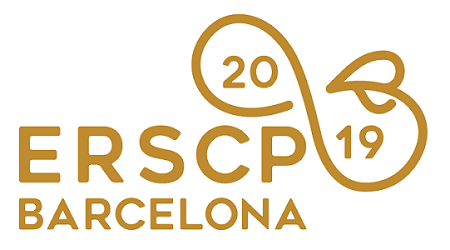Full Program »
Greening of the workplace: leadership interventions to change employees’ practices
Research in workplace greening shows a promising association between exemplary leadership behaviour (ELB) and Pro-Environmental Behaviour (PEB) in the workplace (Blok et al. 2015; Wesselink et al. 2017). Although both studies generate positive results, a limitation of these studies is that it remains unclear how the association between ELB and PEB emerges in the workplace, and what mechanism are behind this behaviour. Another limitation as reported in the same articles, is that previous research is predominantly based on self-reporting methods, often measuring intention by using the Theory of Planned Behaviour (TPB, Ajzen 1991). This theory is however not uncontested in relation to PEB (Wesselink et al 2017). Although the research in workplace greening is still in its infancy, it is time to take it to the next level and test interventions and measure the interventions’ outcomes in an objective way. In this study, the questions therefore were a) what kind of ELB causes an increase in intention for PEB in employees, and next b) whether increased intention to act pro-environmentally, caused by ELB, results in a significant change in actual PEB by employees. TPB does not hold in all situations (Wesselink et al 2017), and this may be explained by contextual factors, for instance the role of leaders and colleagues who play a significant role on workplace behaviour. Therefore Practise Theory (PT) approach was adopted as a theoretical lens: one cannot isolate the influence of ELB on employee behaviour without taking their practices into account. The practise in PT can be seen as ‘assemblages of images, skills and stuff that are dynamically integrated by skilled practitioners through regular and repeated performance’(Hargreaves et al. 2011). In this intervention study, both formal and informal leaders of a university are asked to (consciously) show ELB. This is done by asking them to show behaviour that increases greening of the workplace (e.g. working paperless). Printing paper usage and plastic waste were chosen as outcome variables to measure actual performance by employees and act as indicators to measure PEB performance. The study is done with departmental head professors (formal leaders) and Green Team members (informal leaders). During a three-month measuring period, measurements were done to determine to what extent changes in ELB affected PEB in the workplace. A baseline measurement is set up for the two indicators and compared with data after the intervention to check actual changes in PEB. Questionnaires are given to employees determining if and what they noticed concerning ELB, and if their PEB intention changed after the ELB intervention. Interviews were done with the leaders to determine what practises they applied, changed or created. By measuring PEB intentions, and contrasting it with actual PEB behaviour and practices, the research questions were answered. Although former quantitative research showed a significant role for ELB, exploiting that relationship to accelerate employees’ PEB did not show any results (nor with objective measurements neither based on employees’ own assessment). Adopting PT, however, was fruitful and adds to the existing body of knowledge about greening the workplace.
